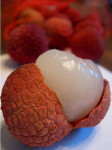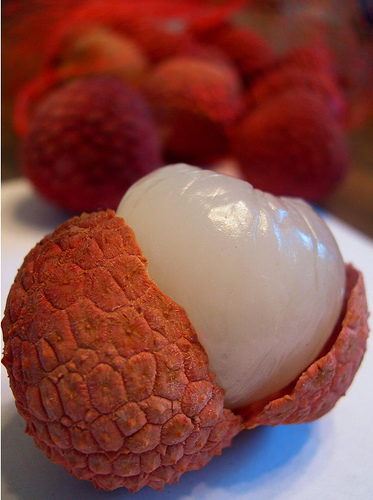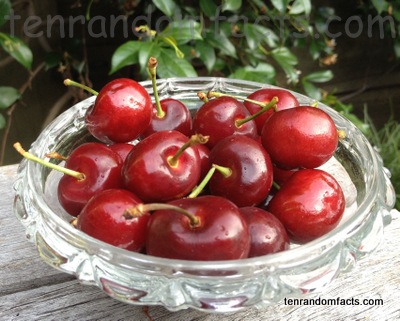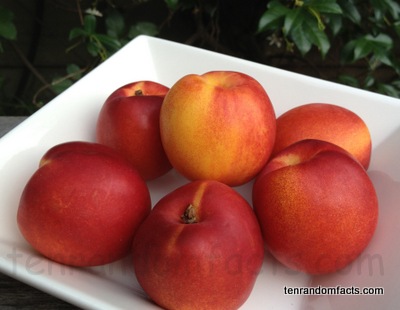
Lie low – the lychee are just around the corner!
- Lychee is a sweet fruit of small size, originating from the tropical areas of Asia’s China.
- The scientific name of the tree that lychees grow on is Litchi chinensis, and it is from the family Sapindaceae, the family of soapberries.
- The rough thin skin of a lychee should be peeled before eating, and this reveals the internal edible fruit, and a smooth brown seed.
- The skin of lychees is generally a red to pink colour when the fruit is ripe and fresh, while the flesh inside is white and translucent.
- Chinese emperors and other wealthy Chinese prized lychees, so much so, that it caused high demand and a significant consumption rate throughout the centuries.
Lychees
Image courtesy of silkway/Flickr
- Lychees are generally eaten raw, although they may be added to, or cooked in other dishes to feature their sweet flavour.
- There are a number of varieties of lychees; and they grow on trees that are evergreen, that generally grow to heights of 10 to 12 metres (33 to 40 feet).
- Lychees are roughly spherical in shape and are approximately 4 to 5 centimetres (1.6 to 2 inches) in diameter.
- The skin of lychees tends to go brown after picking, and while they are best stored in the refrigerator, this can accentuate this tendency, however, the flesh remains unchanged.
- Lychees are very high in vitamin C, they are a good source of copper, potassium, vitamin B and fibre, and they contain many other vitamins and minerals.
Bibliography:
Lychee, 2011, Fresh for Kids, http://www.freshforkids.com.au/fruit_pages/lychee/lychee.html
Lychee, 2015, Wikipedia, https://en.wikipedia.org/wiki/Lychee
















